As a building and business professional you know not even the smallest detail should be overlooked. Creating a space that meets the client’s needs starts at the drawing board; understanding the use of the space coupled with the desired aesthetic is critical. Depending on your project, you may only consider the cost and aesthetic appeal of the flooring, but before you think about the design, you should really ask yourself one question: what will the floor be used for?
And that answer may seem simple. To walk on, of course. But really you should consider the type of activity the space will be used for and the type of pedestrian traffic you are expecting. For 2019, falls accounted for 32% of preventable, non-fatal injuries out of 24,823,156 total injuries, with 23% of falls being the cause for fatality out of 173,040 total deaths, as reported by Injury Facts. The root cause of these statistics is most often improper flooring or maintenance of said floors. You want a floor that looks nice, is cost effective, but don’t forget safety!
So, where to start? Consider how often you expect spills in your location. If the building contains a café or restaurant with a high risk of food and liquid falling on the floor, you will want to make sure your flooring is suitable to sustain these foreign substances to mitigate any slips and falls. In this instance, a textured flooring with elevated slip resistance is a wise choice. That saying, no matter how slip resistant the floor is, you will need to clean up any spills as quick as possible. Consider another major property of the flooring: ease of cleaning. The following Venn diagram provides a great way to look at this decision process.
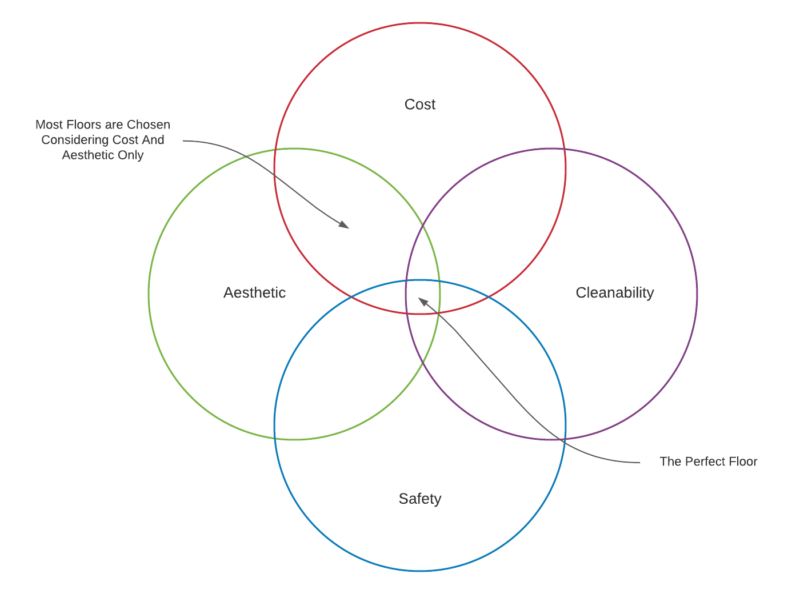
Understanding the relation of these characteristics is important and unique to each application. For example, areas that are known to have a high probability of aggressive contaminates or require increased cleaning frequency should certainly consider the respective performance of the chosen flooring installed.
Even if your location is not expecting high amounts of food or water spills, rain and ice and freak accidents are always a factor. Say you are installing VCT flooring; mats are a necessity to protect against snow or rain, but moisture is still likely to track, so it is best to always choose a flooring with high amounts of traction. Yes, the glossy floor looks nice, but is the aesthetic appeal worth a surprise ice rink the floor will create with spilled liquid? Probably not! Our insight can provide alternative options that meet the aesthetic desires and are not horrendously dangerous.
Understanding Floor Types
Various floor types offer different benefits, while also providing aesthetic and cost-effective options:
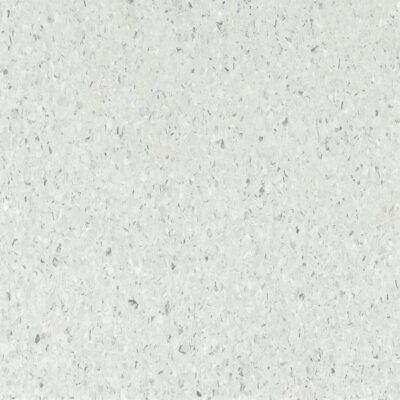
https://www.armstrongflooring.com
Vinyl Composite Tile (VCT): Also referred to as resilient flooring, provides a low-cost option that is generally inexpensive, aesthetically neutral, and very easy to clean. This flooring also requires a lot of maintenance including regular maintenance of the finish and is often slippery when wet and only appropriate for areas that will be maintained dry.
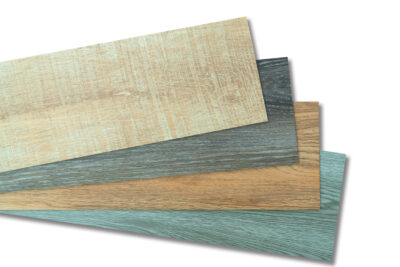
Luxury Vinyl Tile (LVT): Also a resilient product, this flooring has recently become very popular as it provides significantly more options when compared to its mundane predecessor. However, it typically comes with a higher price tag. LVT often has a durable wearing surface that is permanent and does not require refinishing; it is usually easily cleaned and can have increased slip resistance depending on the quality and texture of the finish. This is one flooring product we recommend having the slip resistance (DCOF) tested prior to installation as the industry has been reluctant to report reliable and consistent results.
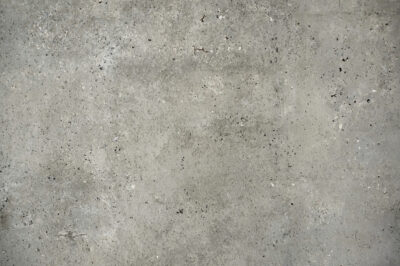
Concrete: Standard concrete flooring is a more affordable, and often durable, option. Depending on the texture, this flooring can be great for slip resistance and may find its way in many kitchens. But just as there are variants to vinyl flooring, the same is said for concrete. Polished or painted concrete is popular, but as soon as these finishes are added, the slip resistance needs to be taken into consideration.
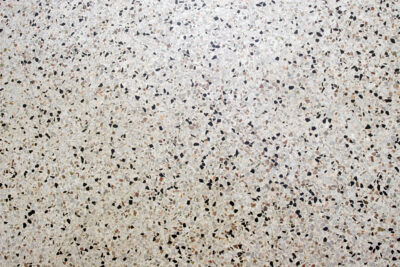
Terrazzo: A tried and true choice that has been around forever and is as extremely durable as it is expensive. Terrazzo can have a high polished glossy finish or a matte finish and can provide varying levels of slip resistance depending on its composition and finish. What makes Terrazzo unique is that it is “manufactured” on site. A binder, either resin or cement based, is applied followed by specific aggregates and allowed to cure leaving a very rough and inconsistent surface. After curing, the surface is heavily ground down with large diamond grinders to achieve the desired aggregate exposure and finish level.
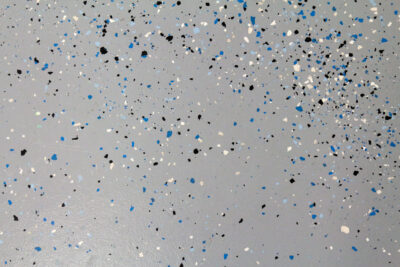
Resinous: Like Terrazzo, Resinous flooring is manufactured on site. Resinous flooring includes epoxy flooring and other chemically similar materials (MMA and Urethane Concrete being recently more popular variants) and can include broadcasted particles to increase aesthetic, durability, and traction. These particles can include aluminum oxide for traction or vinyl flakes for aesthetic and texture. These floors are also well known for being chemically stable and able to withstand exposure to harsh chemicals….and they are expensive!
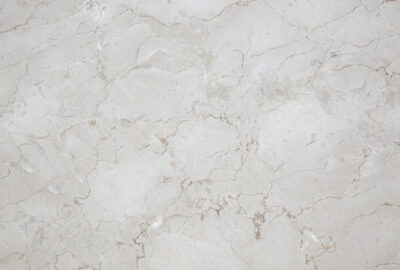
Marble: Marble flooring is one of the more aesthetically pleasing options, and often finds its way into nice hotels or bathrooms, but is that the safest option? While it has a reputation for being slippery, the surface finish can greatly change its performance. And get out your wallet because this is just as pricey as it is pretty!
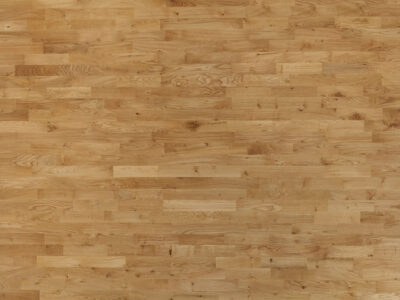
Wood: While wood flooring has a great aesthetic appeal with different variants, it is on the higher cost end of flooring and isn’t as durable. Wood can be easily damaged, and areas of high humidity can warp the flooring after extended exposure. Better suited for residential purposes away from water exposure, LVT or porcelain flooring made to look like wood have both become a most cost effective and durable alternative.
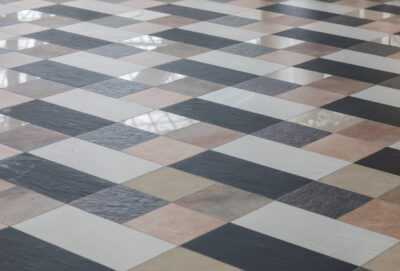
Porcelain tile: Arguably the most common flooring when durability is required the options are endless with porcelain tile and the best part, its waterproof! Of all the flooring discussed, along with marble and natural stone, porcelain and ceramic tile are by far the most durable when it comes to moisture—adhered with thin set mortar, once it’s installed it can get it wet all day long and doesn’t even flinch. The options are endless. What do you want the floor to look like? There’s a tile that meets your needs. The technological advances in the industry have even allowed for the installation of extremely large format tiles to become common place at almost the size of a four-foot by eight-foot sheet of plywood. Most new products are specifically indicated as slip resistant in wet conditions or not as the tile industry has really led the way in slip resistance testing and product labeling. Cost can also vary widely depending on the product; installation is usually more expensive than other options.
Making the Right Choice
While it is always important to clean up after any spill, provide floor mats, or inspect for trip hazards, choosing the right floor is paramount in meeting the needs and expectations of each unique project. That is why it is always important to choose the right flooring for you. Luckily, our testing services provide reliable results to ensure your floor is slip resistant and our routine walkway safety audits provide you with methods to ensure your floors stay safe. If you have already chosen your flooring, we can perform traction profile testing based on a sample and provide you with clear results on if the flooring is suitable to your intended location. If you need help aligning your flooring selection with project constraints, feel free to reach out!
Make a good decision now to avoid corrective action later. For more information on how we can help evaluate your floors, contact us via phone at 856-437-7900 or through the contact form below.
As always, Test Moore, Slip Less.
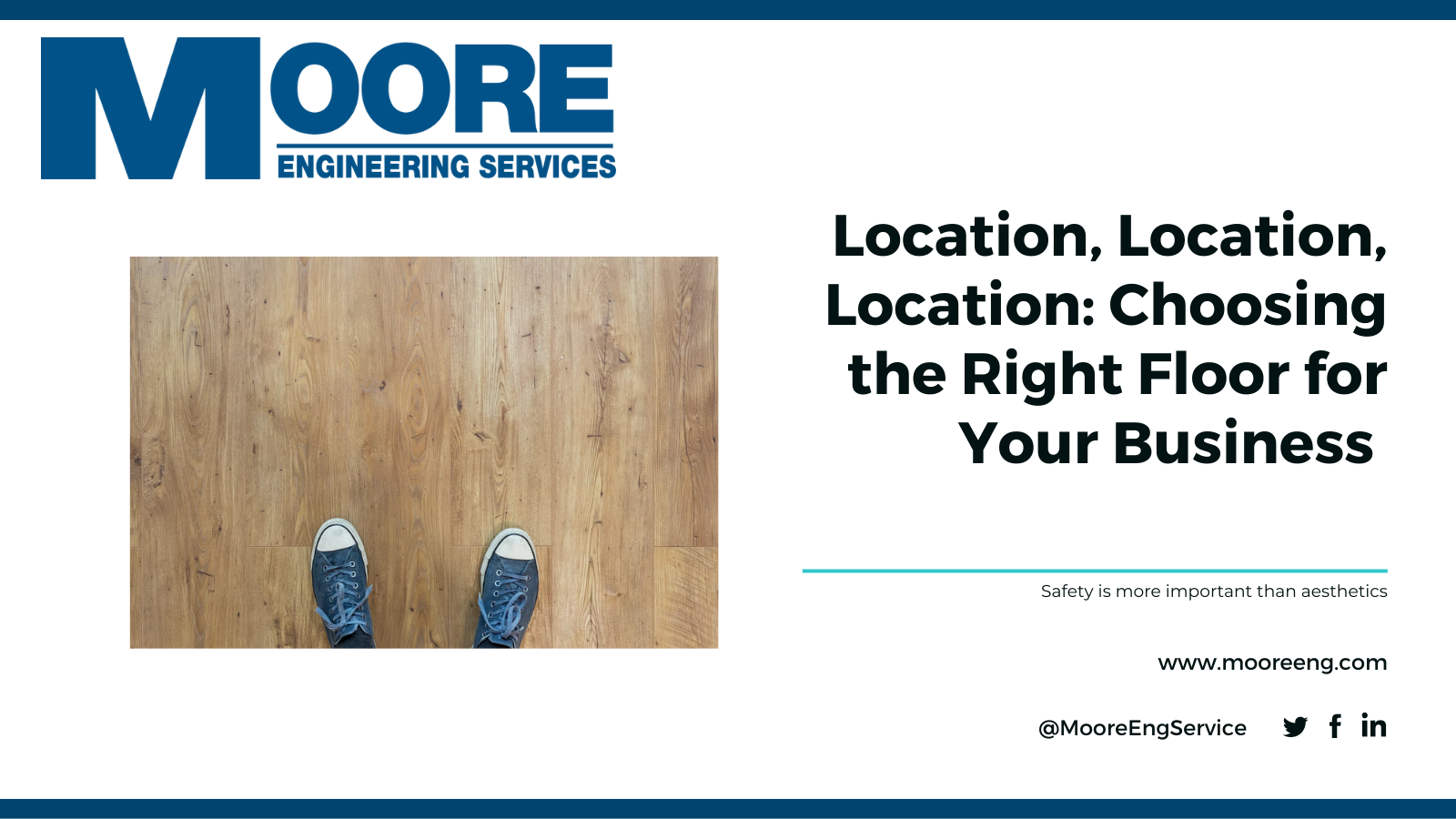

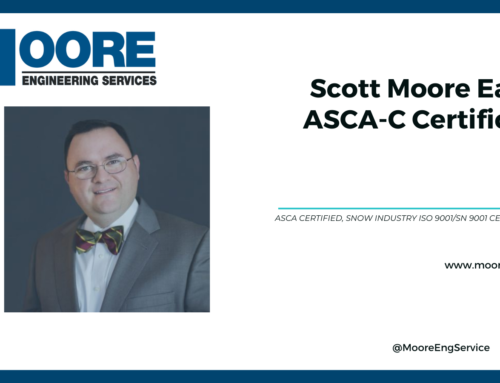
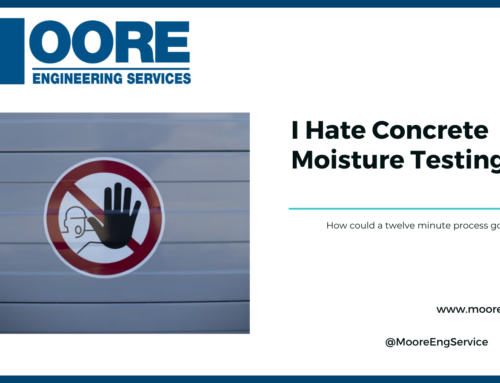

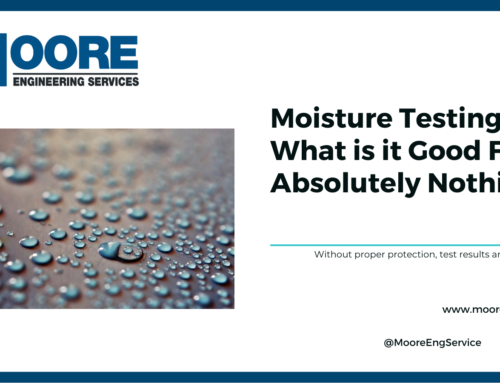
Leave A Comment